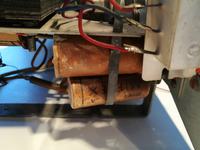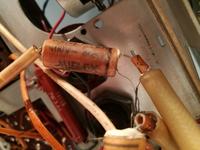Hello.
I started overhauling my old tube radio.
The first step after cleaning the top layer of dust, the first thing I want to do is replace all the capacitors. However, there was a problem with their markings. Below I paste photos of capacitors that I have doubts about.
Please explain these signs and how to read them in the future.
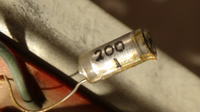



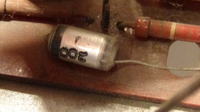
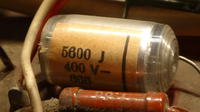
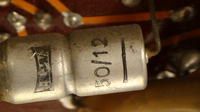
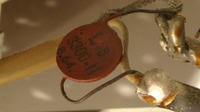
I started overhauling my old tube radio.
The first step after cleaning the top layer of dust, the first thing I want to do is replace all the capacitors. However, there was a problem with their markings. Below I paste photos of capacitors that I have doubts about.
Please explain these signs and how to read them in the future.











